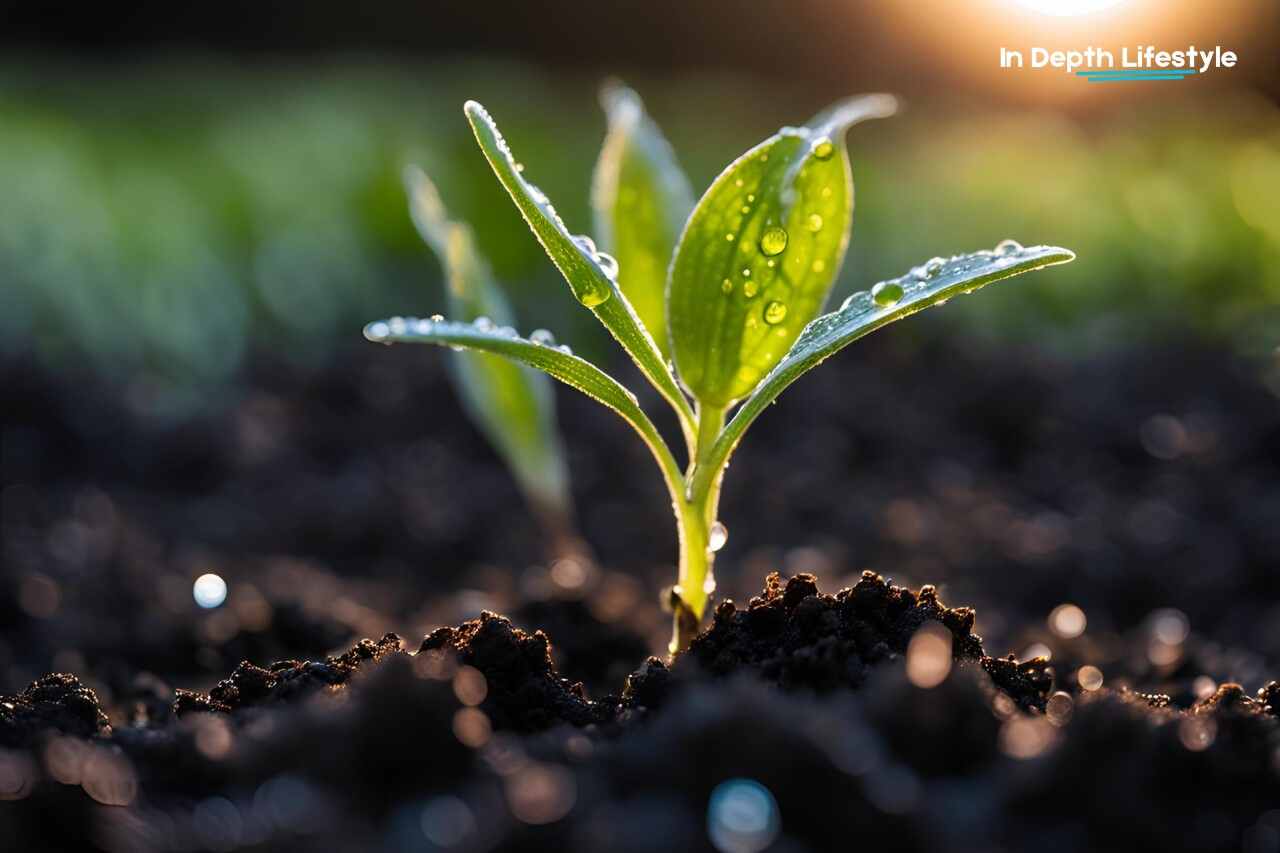Heyo Muchkins!
Sustainability isn’t just a trend; it’s a commitment to protecting our planet for future generations. But adopting a sustainable lifestyle doesn’t mean making drastic changes overnight. In fact, small, intentional swaps in your daily life can make a significant difference—not only for the environment but for your wallet and well-being too.
Ready to live more sustainably? Let’s dive into practical, eco-friendly swaps you can start making today.
Why Sustainability Matters
Every decision we make—what we eat, wear, and consume—affects the planet. Living sustainably reduces waste, conserves resources, and helps combat climate change. But beyond environmental benefits, sustainability can also:
- Save money in the long run.
- Improve your health with cleaner, greener choices.
- Inspire others to make positive changes.
Even the smallest effort counts when it comes to building a sustainable future. Easy Sustainable Swaps for Everyday Life. Here are simple yet impactful changes you can make in key areas of your lifestyle:
.jpg)
1. In the Kitchen
- Swap Single-Use Plastics for Reusables: Replace plastic wrap with beeswax wraps and plastic bags with reusable silicone bags.
- Invest in a Water Filter: Instead of buying bottled water, use a filter and a reusable water bottle.
- Compost Food Waste: Start composting scraps to reduce landfill waste and create nutrient-rich soil.
2. In Your Closet
- Choose Quality Over Quantity: Buy timeless, high-quality clothing that lasts longer.
- Shop Second-Hand: Thrift stores and online marketplaces are treasure troves for stylish, sustainable fashion.
- Repair, Don’t Replace: Mend clothing or shoes instead of discarding them.
3. For Cleaning and Personal Care
- Switch to Eco-Friendly Cleaning Products: Opt for brands that use non-toxic, biodegradable ingredients.
- Use Refillable or Zero-Waste Products: Choose shampoos, soaps, and detergents in refillable packaging or solid bars.
- Make Your Own Cleaners: Simple mixtures like vinegar and baking soda are effective and eco-friendly.
4. For Transportation
- Carpool or Use Public Transit: Reduce your carbon footprint by sharing rides or using buses and trains.
- Bike or Walk: For short distances, choose biking or walking over driving.
- Consider Electric or Hybrid Vehicles: If you’re in the market for a new car, go green with a fuel-efficient option.
5. In Your Home
- Swap Incandescent Bulbs for LEDs: Save energy and money by upgrading to LED lighting.
- Unplug Electronics When Not in Use: Standby power drains electricity—unplugging saves energy.
- Insulate Your Home: Proper insulation reduces heating and cooling costs.
Sustainable Food Choices
The way we eat has a huge impact on the planet. Here’s how to make your diet more eco-friendly:
- Eat More Plant-Based Meals: Reducing meat consumption lowers greenhouse gas emissions. Start with “Meatless Mondays.”
- Buy Local and Seasonal Produce: Support local farmers and reduce the environmental cost of long-distance transportation.
- Avoid Food Waste: Plan meals, store food properly, and use leftovers creatively.
How to Make Sustainability Affordable
Sustainability doesn’t have to break the bank. Here’s how to make eco-friendly living budget-friendly:
- Buy in Bulk: Reduce packaging waste and save money by purchasing pantry staples in bulk.
- DIY When Possible: Make your own cleaning supplies or beauty products with simple ingredients.
- Prioritize Reusables: While reusable products may cost more upfront, they save money in the long run.
The Ripple Effect: Inspiring Others
One of the most powerful aspects of adopting a sustainable lifestyle is its ripple effect. When you choose to live sustainably, you inspire those around you to do the same.
Here are ways to spread the word:
- Share your swaps on social media to inspire friends and family.
- Gift eco-friendly products to others, like reusable coffee cups or sustainable skincare.
- Have conversations about sustainability and its benefits in your community.
Common Myths About Sustainable Living
Let’s debunk a few misconceptions:
Myth 1: Sustainability is Inconvenient
Truth: Many sustainable swaps—like using a reusable water bottle—are easier and more efficient than their disposable alternatives.
Myth 2: It’s Too Expensive
Truth: While some products have a higher upfront cost, they save money in the long run by lasting longer or reducing waste.
Myth 3: My Efforts Don’t Matter
Truth: Small changes add up. If everyone makes even one swap, the collective impact is enormous.
Tools and Products for Sustainable Living
To help you on your journey, here are a few must-haves:
- Reusable Water Bottles: Brands like Hydro Flask or S’well offer durable, stylish options.
- Beeswax Wraps: A natural alternative to plastic wrap for food storage.
- Sustainable Skincare: Look for eco-friendly brands like Lush or The Body Shop.
- Compost Bins: Perfect for turning kitchen scraps into garden gold.
Final Thoughts: Small Changes, Big Impact
Living sustainably doesn’t require a complete lifestyle overhaul—it starts with small, intentional changes. By making simple swaps, you can contribute to a healthier planet, save money, and live more mindfully.
Remember, sustainability is a journey, not a destination. Start where you are, use what you have, and inspire others to do the same. Together, we can create a better future, one small change at a time.






